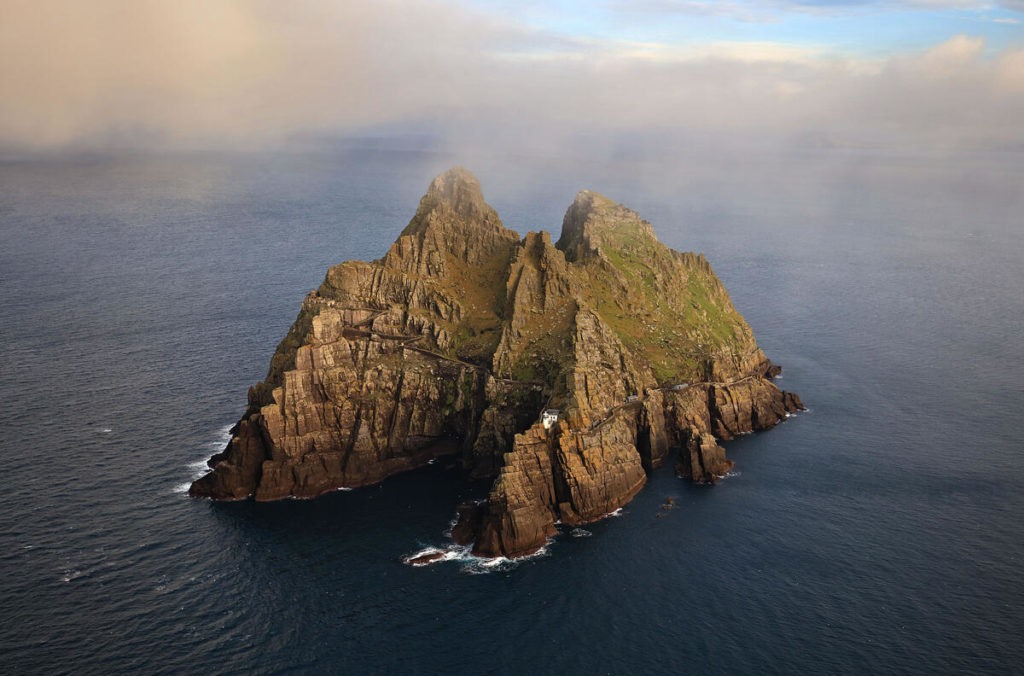CONTINUED work is needed to protect Irish beauty spot Sceilg Mhichíl – also known as Skellig Michael - from the impacts of climate change.
A report released this week has revealed that action taken so far to preserve the UNESCO World Heritage Site, which is located off the Co. Kerry coast, has had a positive impact.
However more still needs to be done, the Climate Vulnerability Assessment (CVA) Report, developed under the National Geographic Preserving Legacies Project, warns.
Climate change is deemed "the fastest growing global threat to heritage sites, many of which are already being affected by it", the report states.
The impact it is having at Sceilg Mhichíl is the subject of the CVA report published yesterday.
The report outlines several potential future risks posed by a changing climate, along with an outline of adaptation measures that could be taken to safeguard the natural and built heritage of the site.
 Sceilg Mhichíl is a UNESCO World Heritage Site (Pic: Tourism Ireland)
Sceilg Mhichíl is a UNESCO World Heritage Site (Pic: Tourism Ireland)Both the assessment and the report were coordinated by the National Monuments Service and the Office of Public Works (OPW) in partnership with National Geographic Society’s Preserving Legacies Project.
“We were honoured to have Sceilg Mhichíl included in the National Geographic Preserving Legacies project, addressing climate change impacts at some of the most iconic World Heritage Properties globally,” Ireland’s Minister of State for Heritage, Nature and Biodiversity Christopher O’Sullivan said as the report was launched in Valentia last night.
“The monastic settlement of Sceilg Mhichíl is a treasured part of our heritage and represents a significant and well-preserved icon of our history,” he added.
“Sceilg Mhichíl provides such an important essence and sense of place for the local community and our National Monuments Service will continue to ensure the protection and preservation of our World Heritage Property.”
He explained: “The report published today shows that State interventions have helped to protect the site which is so exposed to the weather conditions of the Atlantic. “However, we cannot be complacent and we will use the findings of this report, working with the community, to ensure the continued protection of this World Heritage Property and National Monument.”
The assessment of Sceilg Mhichíl, which was undertaken throughout 2023 and 2024, involved contributions from both technical experts and the local community, through desk research, site visits and stakeholder workshops.
It used the “best available data on climate change indicators around precipitation, wind and temperature change to understand the possible future risks to Sceilg Mhichíl in light of climate change” Mr O’Sullivan’s department has confirmed.
“Such risks might include damage to monastic structures arising from extreme weather, erosion of built heritage and the island’s landscape, impacts on breeding birds due to higher ocean temperatures, and vegetation die-back leading to soil erosion,” they added.
“It is important to note that the report indicates that management measures to address the impacts of climate change – in particular those around rock fall – have so far helped to reduce risks and to improve ongoing access and conservation needs,” they explained.

